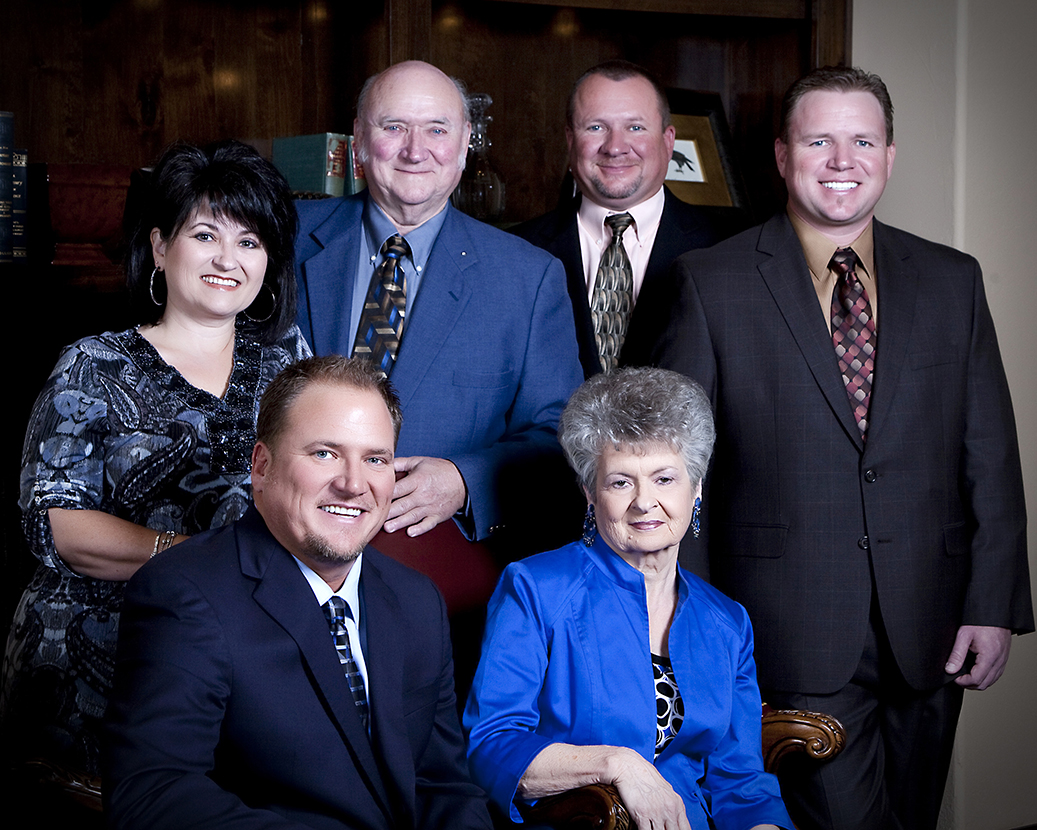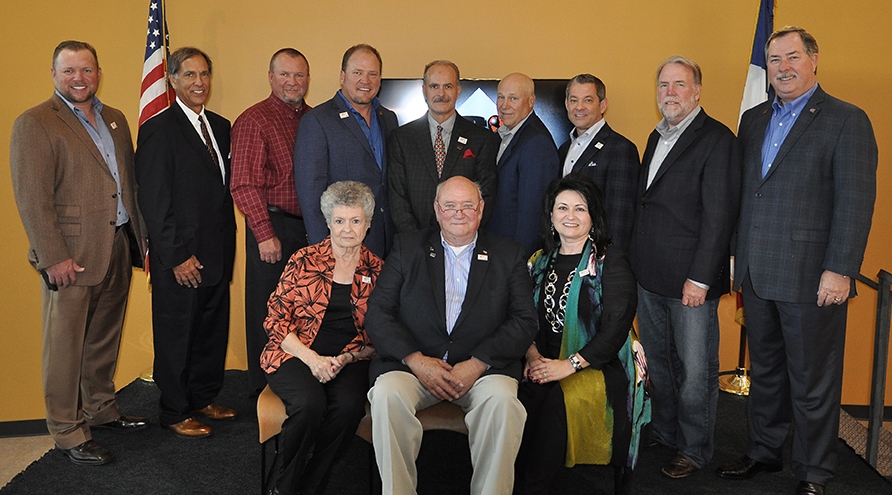Diversification by industry and geography has fueled Saulsbury’s expansion through its first half-century, and equips the firm for its foray into the next.
By Paul Wiseman
The oil and gas business isn’t actually like a roller coaster, though many have made that comparison.
On a real roller coaster, you see the dramatic rises and the frantic dives before you get to them. You can’t stop them, but you know exactly when to grip the handrail with white-knuckled fervor and you know it’ll be over in a few seconds.
This is not remotely true for oil and gas takeoffs and crashes. Some may see them coming, but they’re never sure exactly when, how high or low, or how long. Nor can they predict who will survive.
What you can do is what Saulsbury Industries has done over the last half-century.
Diversify. Spread your bets. Do some eagle-eyeing of new fields that are related enough to be easily added, yet steady or different enough that not everything you do will crash at the same time.
Last month they celebrated the company’s 50th anniversary. That month’s issue of Permian Basin Oil and Gas Magazine included a look at the company and an outline of Saulsbury’s philosophy of expansion, through the eyes of company President Rick Graves. “One of the things we’ve instituted is an annual strategic process that took a look at what the market was, the needs and the gaps in the market, and what some of our clients needed.”
This echoes the sentiments of founder Dick Saulsbury. From day one in 1967 the one thing he would not accept would be stagnation. He knew that a company never stands still—it either moves forward or backward.
Since about 2010 that forward motion has seen the company become an industry leader in midstream processing plant construction. That division specializes in plants in the 200MMSCFD range. They have built about 40 of them, more than just about anyone in that niche.
Shortly thereafter Saulsbury saw an opportunity to expand their plant-building expertise into the chemical and processing plants blanketing the Texas Gulf Coast around Houston, opening offices there on what’s called the “Highway 225 Corridor” shortly after that. David Dool, vice president/general manager for Saulsbury Industries’ Gulf Coast region, says the company has seen great success there. They win about 60 percent of the bids they submit, several times the industry average of 10-20 percent.
Dool credits an award-winning safety record and the continued embracing of founder Dick Saulsbury’s commitment to integrity as the main factors in this achievement.
This round of category diversification has also led to a widening of Saulsbury’s geographical reach. They have offices in Houston, Dallas, La Porte, Port Arthur, and Abilene, Texas, as well as in Denver, Colo., Tulsa, Okla., and Farmington, N.M. Their most recent office opening was in Greenville, S.C. They’ve built LNG plants in Florida, a power plant in Arizona, and dozens of projects in between.
Most recently, in 2014, they added nuclear plant maintenance to their scope. Since then they have worked on plants in South Carolina, Alabama, Georgia, Louisiana, and California. In September of this year Saulsbury added Michael S. McGough as Chief Nuclear Officer (CNO) to lead their nuclear services business.
Adding nuclear maintenance was “sort of a ‘how do we continue to expand the maintenance side of our business’ proposition,” says Steve Horn, executive VP of operations for the Gulf Coast Power Group. Leadership saw opportunities so they put together a team of nuclear industry veterans to be the heart and soul of the new division.
“In very short order [they] landed maintenance contracts for V. C. Summer Unit 1” nuclear station near Jenkinsville, S.C. On August 29 of this year Summer announce the renewal of the contract. This division currently employs approximately 150-200 people.
Some might question Saulsbury’s expansion into a stagnant field like nuclear generation plants. There has been little growth in the industry in 30 years. As recently as August of 2017 the parent companies of the V. C. Summer plant abandoned plans to add reactors Two and Three due to issues with construction delays.
Senior VP for Business Development and Marketing Mike Childers says there’s a method to Saulsbury’s move—that they’re not afraid to stir up the pot a little bit.
“The market has been served by a pretty static number of players for the last 50 years. Saulsbury, with its history of excellence, has been able to move forward and capture a piece of that market. We look to continue to invest and grow even more.”
He continued, “I think we’re going to see the power industry continue to grow as an opportunity for us.” That growth will include maintenance of nuclear and fossil fuel power plants.
Many of the skillsets in those areas are similar, which will allow Saulsbury some personnel flexibility as economies fluctuate. This is another part of the company’s strategy for surviving those fluctuations. “These are very transportable skillsets,” Childers said, adding, “Our number one assets are our human resources.”
All of Saulsbury’s management is in agreement that growth into new areas should not take away from the firm’s ability to serve existing clients.
“Every step we take, we start with the concept that we’re not diluting the work we do for our existing customer base,” said Childers. “We never want to grow so rapidly that we outgrow our existing customer base. They’re the ones that support us today and have gotten us to where we’re at today.”
The day he started Saulsbury Electric in 1967, Dick Saulsbury would not have predicted that his two-person endeavor would balloon into the broad enterprise it is today. Neither is anyone there today willing to peer ahead another half-century.












